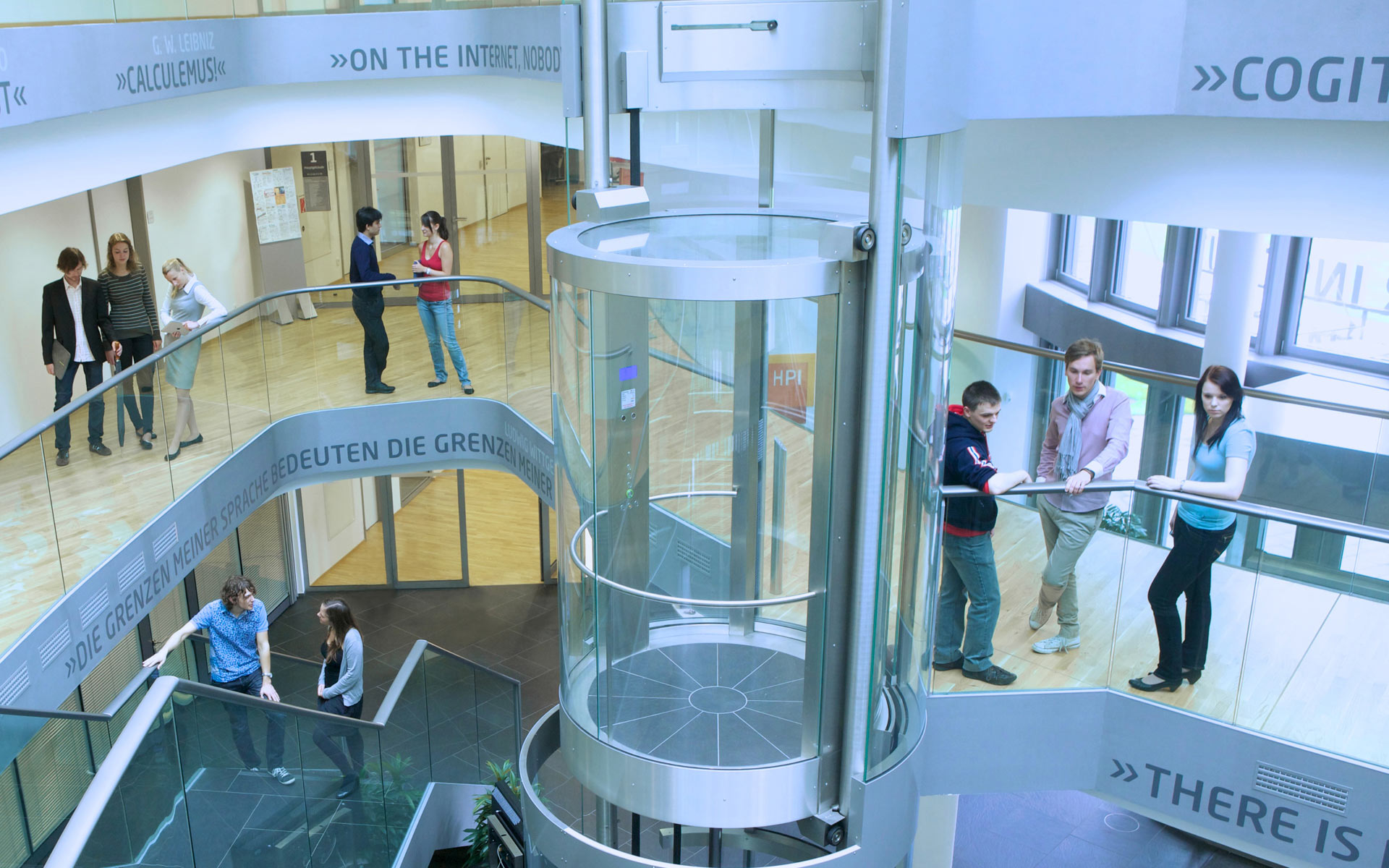Generative Deep Learning has received considerable attention in the last few years. This development has sparked repeated interest in an old, philosophical question:
Can artificial intelligence produce art?
or, more general,
Can machines be creative?
In last year’s very successful Master Project “Art Generation with GANs”, we were able to demonstrate that current Generative Adversarial Networks (GANs) can indeed produce high quality artworks. This year, we want to experiment with the generation of music using deep learning. Together with the Museum Barberini and producer/composer Henrik Schwarz, we want to push the boundaries of AI and art even further. For the anniversary of the Museum Barberini, an experiential musical level will be added to the permanent impressionist collection. It combines three components:
- The artistic ideas of the impressionists,
- Contemporary electronic music, and
- Innovative technology based on artificial intelligence.
The result shall be a museum experience that is unique in the world, in which visitors can experience the collection in an audio-visual combination that is different and individual with each visit.

